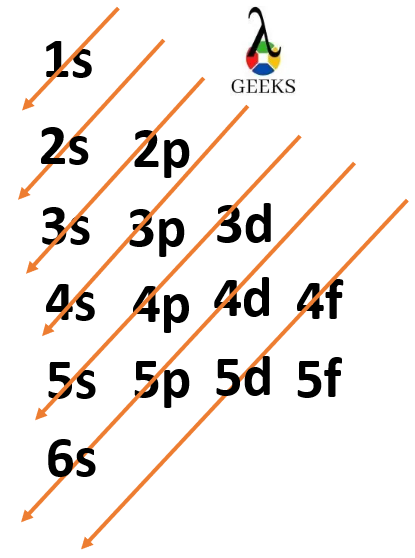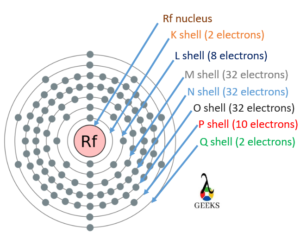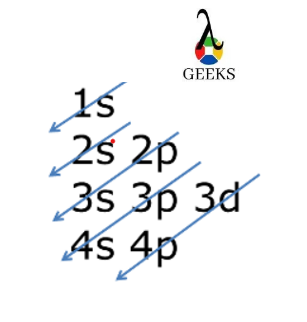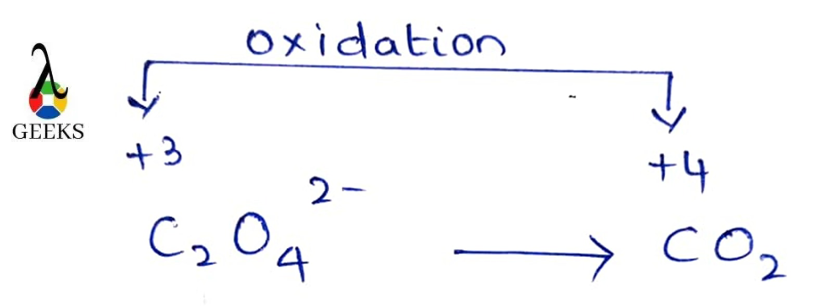15 Facts on H2SO3 + CaO: What, How To Balance & FAQs
Calcium oxide and sulphurous acid are inorganic compounds with chemical formulas, CaO and H2SO3, respectively. Let us explore more about the reaction between H2SO3 and CaO. CaO, a Lewis base, is a white, hygroscopic, crystalline powder. H2SO3 is a colorless, corrosive oily liquid. CaO interacts with acids easily due to its basic nature. A weak … Read more






